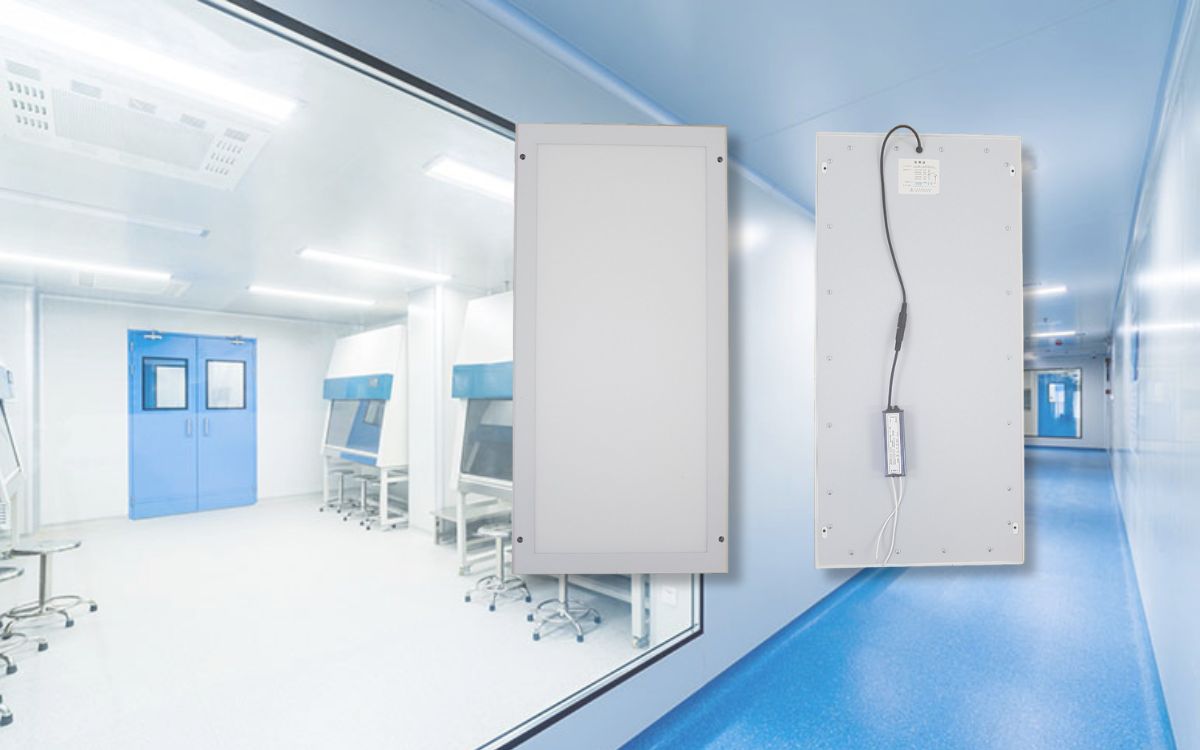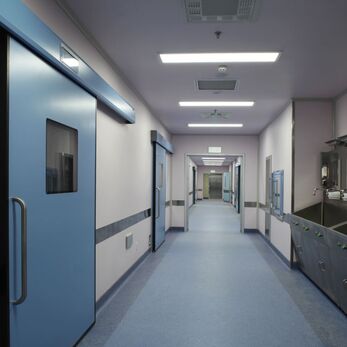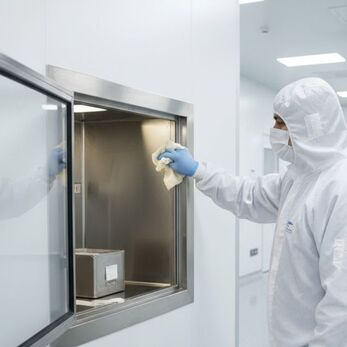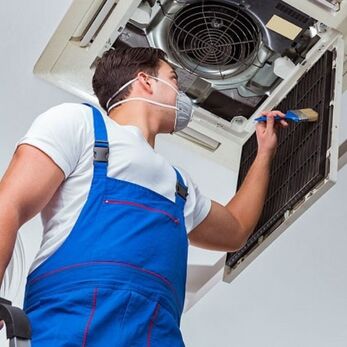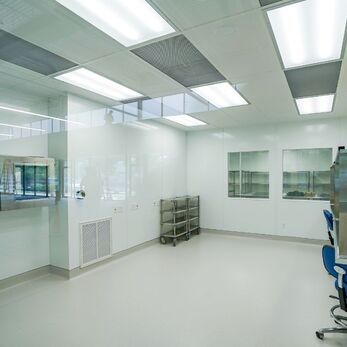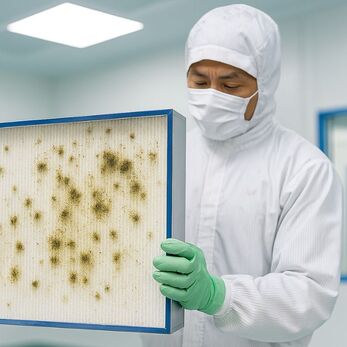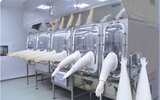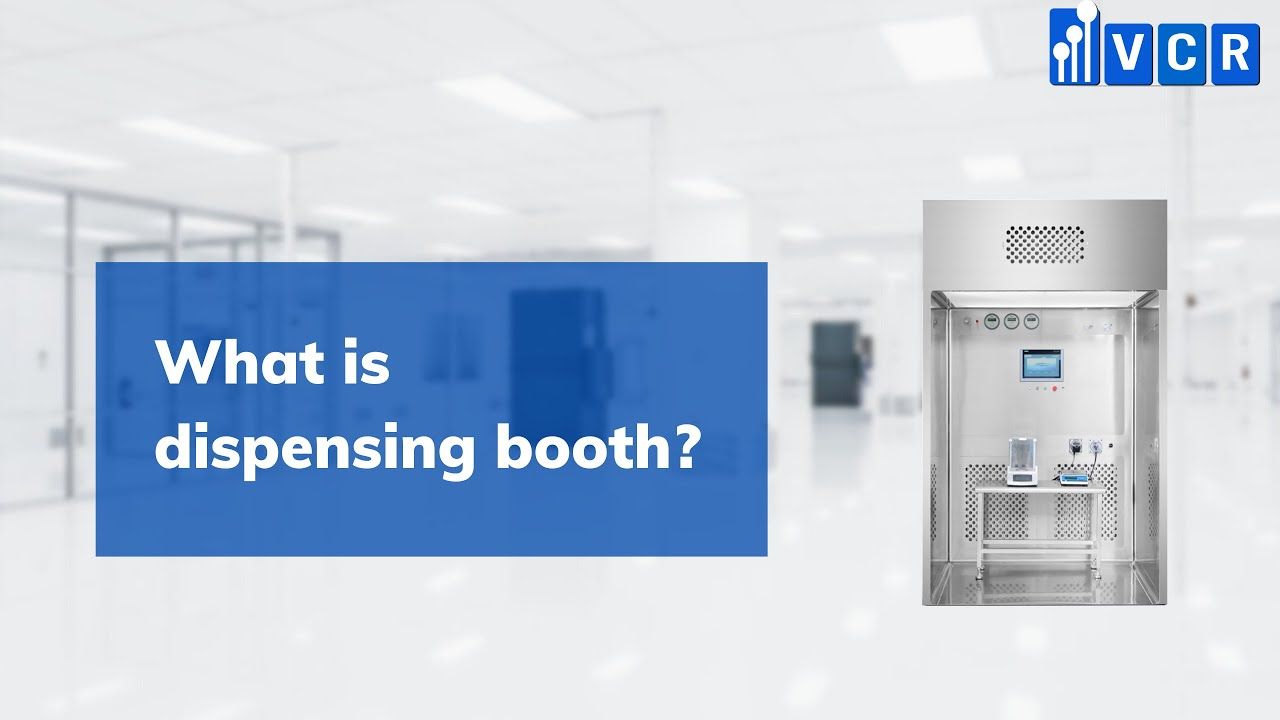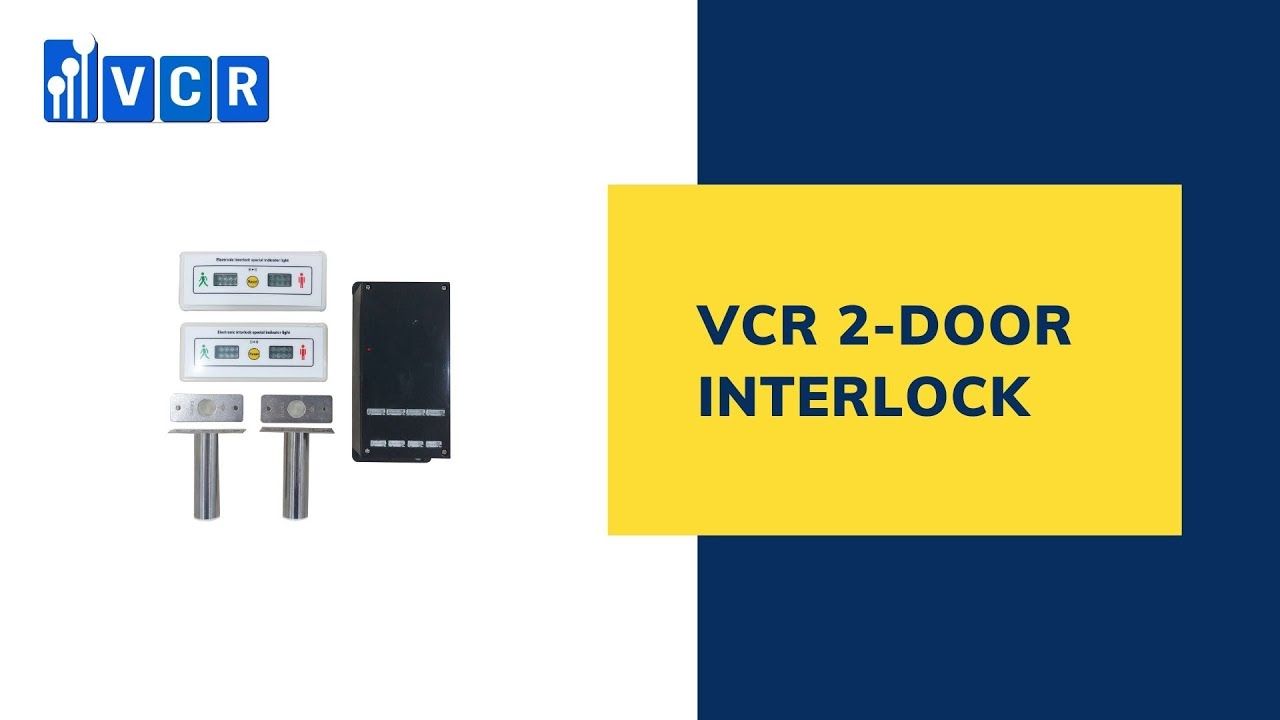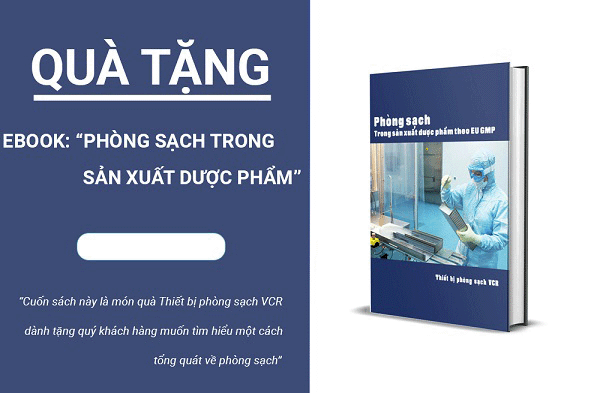What indicators should be considered when choosing lights for sterile rooms?
Choosing a cleanroom light is not just about choosing a high-brightness type, but also about meeting strict requirements for dustproof, anti-static and cleanability. A substandard lighting system can cause an uncontrolled environment, cross-contamination and violate GMP, ISO 14644 standards.
- 1. Cleanroom Lighting - Why You Can’t Just Choose Any Light
- 2. 7 Key Specifications to Consider When Choosing Cleanroom Lighting
- 3. Common Mistakes When Choosing the Wrong Cleanroom Lights
- 4. Cleanroom Lighting Recommendations by Industry
- 5. Recommended Cleanroom Lighting Products from VCR
- 6. Frequently Asked Questions
- 7. Need Help Choosing the Right Cleanroom Lighting?
In pharmaceutical, microbiological or medical equipment factories, lights for sterile rooms play an equally important role as air filtration systems or panel walls. This is a specialized lighting device designed to meet strict requirements for cleanliness, anti-static and sterilization. Choosing the right type of light for sterile rooms helps ensure the environment always meets GMP, ISO 14644 standards, while supporting personnel to operate accurately, minimizing the risk of cross-contamination and errors during testing.
1. Cleanroom Lighting - Why You Can’t Just Choose Any Light
In a cleanroom environment-where control over airborne particles and microorganisms is extremely strict-every piece of equipment must meet stringent standards, including the lighting system. Choosing the wrong type of light doesn’t just affect work efficiency; it also poses risks of cross-contamination, measurement inaccuracies, or violations of GMP and ISO 14644 standards.
Common risks of using non-compliant lighting in cleanrooms:
- Particle generation: Consumer-grade lights with gaps or flaking materials can release particles, directly affecting the cleanliness level.
- Static charge accumulation and discharge: In pharmaceutical or electronics facilities, static electricity can damage sensitive components or alter drug stability. Lights without anti-static protection are a hidden threat.
- Inadequate lighting: Insufficient or uneven illumination reduces the ability to detect defects or contaminants, affecting QA/QC processes.
- Difficult to clean - microbial buildup: Lights not designed for cleanrooms often have rough surfaces and hidden crevices, making them hard to sanitize and providing a breeding ground for microbes.
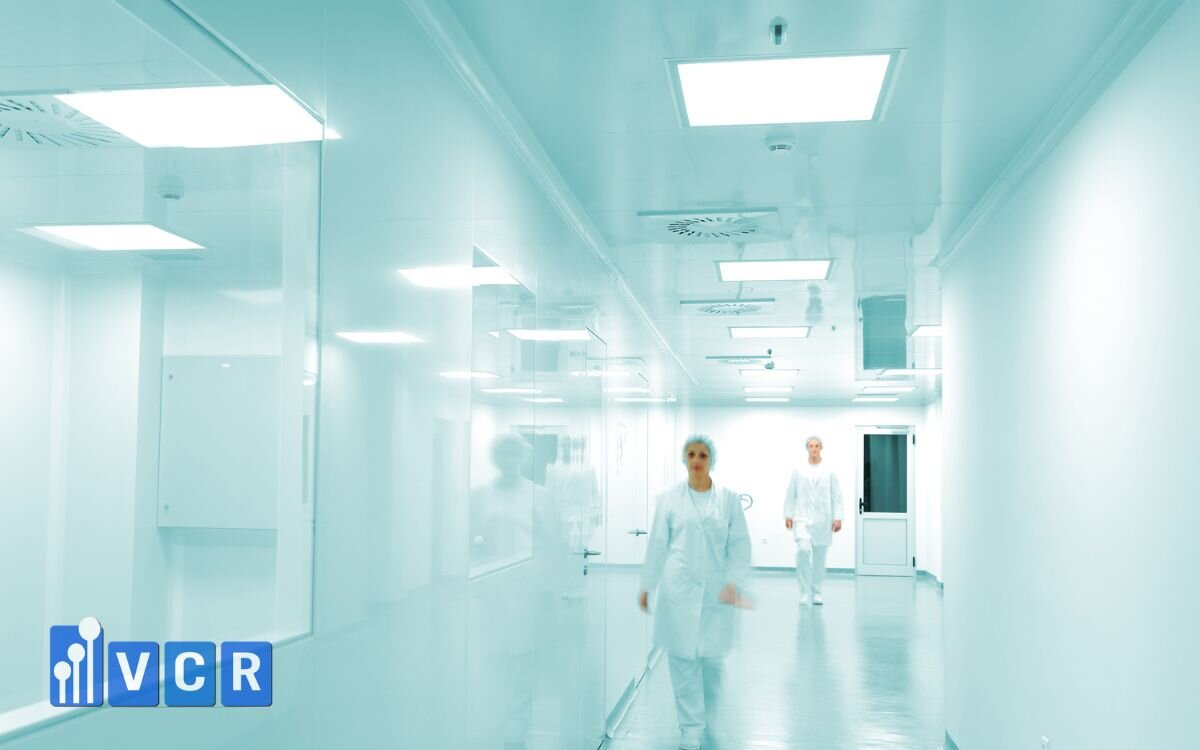
According to standards like ISO 14644 and GMP-WHO, lighting is not just a supporting element but a key part of cleanroom design. Therefore, cleanroom lighting must be designed, installed, and verified to meet the proper standards from the start.
2. 7 Key Specifications to Consider When Choosing Cleanroom Lighting
When selecting lighting for sterile environments such as cleanrooms in pharmaceutical, electronics, or food industries, it’s not enough to consider only brightness or price. Below are 7 critical technical indicators every engineer, QA/QC, or project owner should evaluate:
|
Specification |
Meaning |
Recommended Standard |
|
LUX (Illuminance) |
Measures light intensity at the work surface-crucial for visibility during operation and inspection |
≥500 lux for production areas, ≥1000 lux for inspection zones |
|
CRI (Color Rendering Index) |
Evaluates color accuracy-important for QA and defect detection |
CRI ≥ 80; CRI ≥ 90 recommended for critical color inspection |
|
UGR (Unified Glare Rating) |
Reduces glare and protects workers' eyesight |
UGR ≤ 19 (as per EN 12464-1 lighting standards) |
|
IP Rating (Ingress Protection) |
Indicates dust and water resistance of the fixture |
IP65 or higher for ceiling lights, IP54 for wall-mounted or dry areas |
|
Anti-static capability (ESD) |
Prevents static buildup and discharge-especially critical in electronics and pharmaceuticals |
Material must meet ESD standards, such as ANSI/ESD S20.20 |
|
Cleanability - Antimicrobial materials |
Fixtures should have smooth, crevice-free surfaces to minimize microbial harboring and simplify sanitation |
Use stainless steel or antibacterial-coated aluminum with smooth, sealed lenses |
|
Ceiling compatibility |
Must fit tightly into cleanroom ceiling panels to avoid particle leaks |
Standard 600x600 mm size; tightly sealed frame for T-bar or anti-static ceiling systems |
Note: All indicators should be clearly stated in the manufacturer’s datasheet and validated during commissioning.
See more: How to test air flow in food factory
3. Common Mistakes When Choosing the Wrong Cleanroom Lights
Selecting unsuitable lighting for cleanroom environments can cause serious consequences-from compromised product quality to non-compliance with GMP/ISO standards. Here are frequent errors observed in actual cleanroom projects:
1. Using consumer-grade lights instead of cleanroom fixtures
Issue: These lights often have gaps, non-sealed materials, and are difficult to clean-allowing microbial or particle buildup.
Consequence: Increased airborne contamination, loss of cleanliness level, and failed audits.
2. Uneven or insufficient lighting levels
Issue: Lights may not meet minimum lux requirements or distribute light unevenly across the workspace.
Consequence: Eye strain for workers, missed visual defects, and compromised QA/QC accuracy.
3. Ignoring electrostatic discharge (ESD) protection
Issue: Non-ESD-safe lighting in electronics or pharma settings.
Consequence: Static buildup and discharge can damage sensitive electronic components, alter pharmaceutical reactions, and increase fire or explosion risks.
4. Incompatible with cleanroom ceiling panels
Issue: Incorrect dimensions or improper installation leads to misalignment and particle leaks from ceiling gaps.
Consequence: Loss of clean integrity, failure to meet ISO 14644 certification standards.
4. Cleanroom Lighting Recommendations by Industry
Each industry has specific requirements regarding environmental standards, operational needs, and contamination control. Therefore, lighting solutions for sterile environments must be tailored to each sector, rather than using a one-size-fits-all approach.
|
Industry |
Key Specifications |
Recommended Lighting Solutions |
|
Pharmaceutical |
High CRI for color inspection, IP rating for dust/water protection, antimicrobial materials |
LED Panel lights recessed into the ceiling, sealed frame, powder-coated or stainless steel housing for easy cleaning |
|
Food Processing |
High illuminance for detecting contaminants, waterproof IP rating, easy sanitation |
Waterproof LED lights (IP65), with smooth tempered glass for safe chemical cleaning |
|
Electronics |
ESD protection, proper illuminance, low UGR |
ESD-safe LED lights with even, flicker-free illumination, UGR ≤ 19 to protect worker vision during precision tasks |
|
Cosmetics |
High CRI for accurate color control, low UGR, aesthetic appearance |
Natural white LED lights (CRI ≥ 90), seamless design, dust-tight, suitable for environments with high visual quality control demands |
5. Recommended Cleanroom Lighting Products from VCR
Based on extensive experience delivering cleanroom solutions across various industries, VCR recommends three specialized lighting models optimized for sterile environments in compliance with GMP and ISO 14644 standards:
1. LED Panel Light 600x600 IP65
- Application: Recessed ceiling installation in pharmaceutical, food, and cosmetics facilities.
- Key Features:
- Standard size 600x600 mm - fully compatible with cleanroom ceilings.
- Dustproof and moisture resistant (IP65) - ensures airtight, leak-free operation.
- Even light distribution, low maintenance, long lifespan.
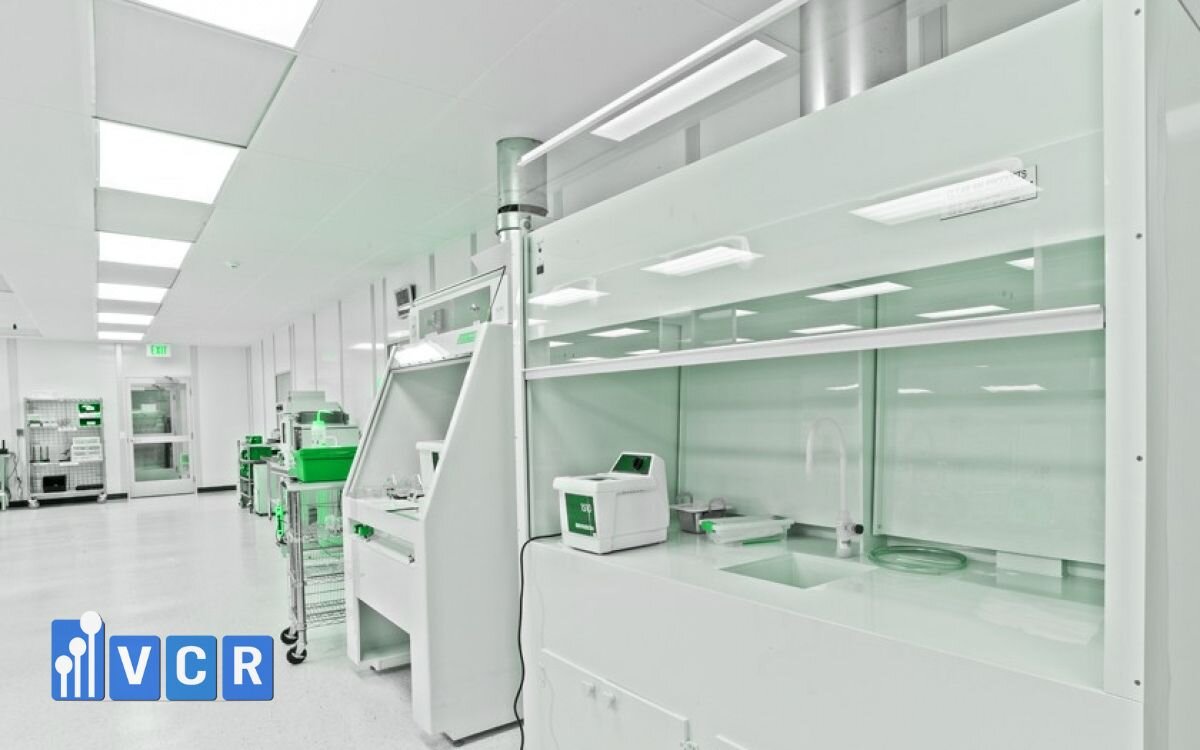
2. ESD-Safe LED Light
- Application: Electronics cleanrooms - semiconductor, SMT, and areas requiring strict static control.
- Key Features:
- Anti-static casing treated to meet ANSI/ESD S20.20 standards.
- Flicker-free lighting with low UGR - protects eye health during fine component handling.
- Sealed construction - easy to clean, does not generate particles.
3. Antimicrobial Cleanroom Light - Stainless Steel Housing, CRI > 85
- Application: High-grade pharmaceutical or cosmetics cleanrooms, quality inspection zones.
- Key Features:
- Housing made from 304 stainless steel or antibacterial-coated aluminum - compatible with sanitizers like H₂O₂ and alcohol.
- High CRI (≥85) - ensures accurate visual inspection of product color and defects.
- Seamless body, no crevices - compliant with microbiological hygiene requirements.
See more: Common errors when using asynchronous FFU
6. Frequently Asked Questions
Do I need high CRI lights for production areas?
Not necessarily. However, for quality control, packaging, or color monitoring areas, it’s recommended to use lights with CRI ≥ 80 for accurate color differentiation and defect detection.
Can regular LED lights be used in cleanrooms?
It is not recommended. Regular LEDs are not sealed against particles, often have gaps or peeling materials, which can release contaminants-violating ISO 14644 and GMP standards.
What is the required illuminance for an ISO 8 cleanroom?
The minimum recommended illuminance is 500 lux for general production areas and up to 1000 lux for detailed tasks such as inspection or packaging.
7. Need Help Choosing the Right Cleanroom Lighting?
Choosing the right lighting not only ensures adequate illumination but also helps your facility comply with ISO 14644, GMP-WHO, HACCP, and minimizes risks related to particle contamination and quality deviation.
Let VCR’s technical team assist you:
- Analyze your cleanroom design requirements
- Recommend suitable lighting for each functional zone
Hotline: 090.123.9008
Email: [email protected]
Website: https://vietnamcleanroom.com/
Diep VCR






